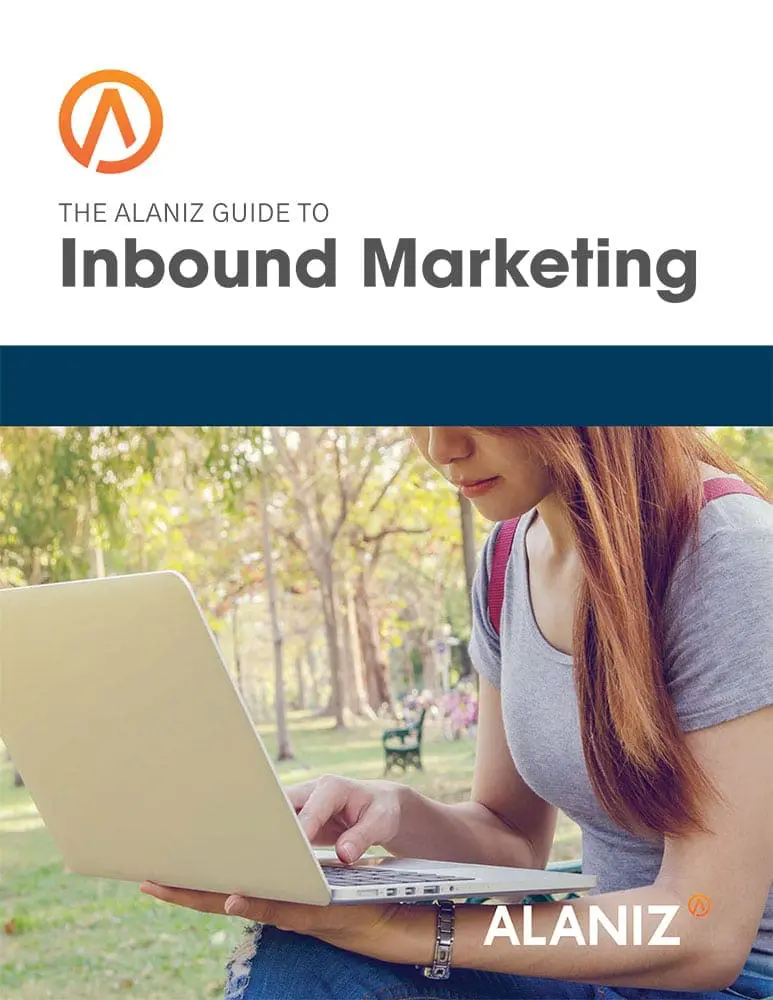Digital marketing has emerged as a go-to set of tools and strategies for just about every business in response to the social and technical revolutions created ubiquitous internet access mobile search. In short, the primary ways most businesses and consumers buy products and services is by researching online using mobile devices, and contacting a supplier with their minds nearly made up.
For more help with digital marketing check The Ultimate Guide to Lead Generation.
Changing Strategy for Changing Behavior
Digital marketing engages shoppers as they search for solutions, and while there are lots of tools and strategies to do this, the essential difference between traditional and digital marketing is that traditional marketing was forced to interrupt people as they lived their lives through advertisements on television, radio, in magazines and on billboards, and with telephone calls and direct mail.
Digital marketing, on the other hand, aims to help people solve problems while they are in the process of searching for solutions.
The most common digital marketing tools and strategy include:
- Website Marketing–Nearly every business uses a website in some fashion to market its products and services. Some use websites to sell products directly to buyers and others use websites to generate leads and nurture leads into customers. Because customers research first, most websites have a good deal of education and information content that is designed to help shoppers understand the benefits and value their solutions deliver.
- SEO–Search engine optimization (SEO) refers to a set of practices used to design websites that will attract searchers to a business’s website with content built around the terms customers use when searching for solutions.
- Inbound Marketing–Inbound marketing uses SEO, blogs, social media and email to attract visitors to a website or landing page, convert them to leads, and nurture them into customers using email.
- Content Marketing–Content marketing is a strategy that develops multiple layers of content on websites for different stages of a shopper’s “journey,” which typically includes awareness, consideration, and decision. Some content is readily available and other content is accessed through landing pages where users must enter contact information in order to access the content for lead qualification.
- Digital Advertising–Digital advertising on platforms like Google Adwords, social media networks, and ads placed on websites differs from traditional advertising in its targeting capabilities. You can serve ads to very specific people based on known likes, behaviors, locations and demographic categories.
- Digital Public Relations–Traditional public relations sought to build thought leadership through press mentions and was measured in impressions (the number of people likely to have read a press release or news story). Digital PR does that, but also drives web traffic by placing links to the company on high profile, popular websites.
- Social Networking–social networks are both marketing and PR channels. People use Facebook, Instagram, Twitter and LinkedIn to share information they are excited about and businesses can build large influential followings that build credibility and increase sales. Social networks are also used to publish news for the same effects.
More Than an Online Brochure
In the early days of digital marketing, companies might throw up a website version of a company brochure, and hope the phone rang. Users, search engines, websites, and marketing platforms have become far more sophisticated, and all are trying to deliver the right message to the right shopper at the right time.
Digital marketing is much more than simply a digital version of traditional marketing. The channels have changed. People are searching online, and searching more from mobile devices than from desktop or laptop devices. Websites, social media, digital ads and search engines are the primary channels marketers use to attract, rather than interrupt, their target audiences. Used well, digital marketing helps customers find the right solution quickly, fielding inquiries, qualifying and nurturing leads, and closing sales




